Busting the myth of Mughal connection with Biryani | Origin of Biryani in India
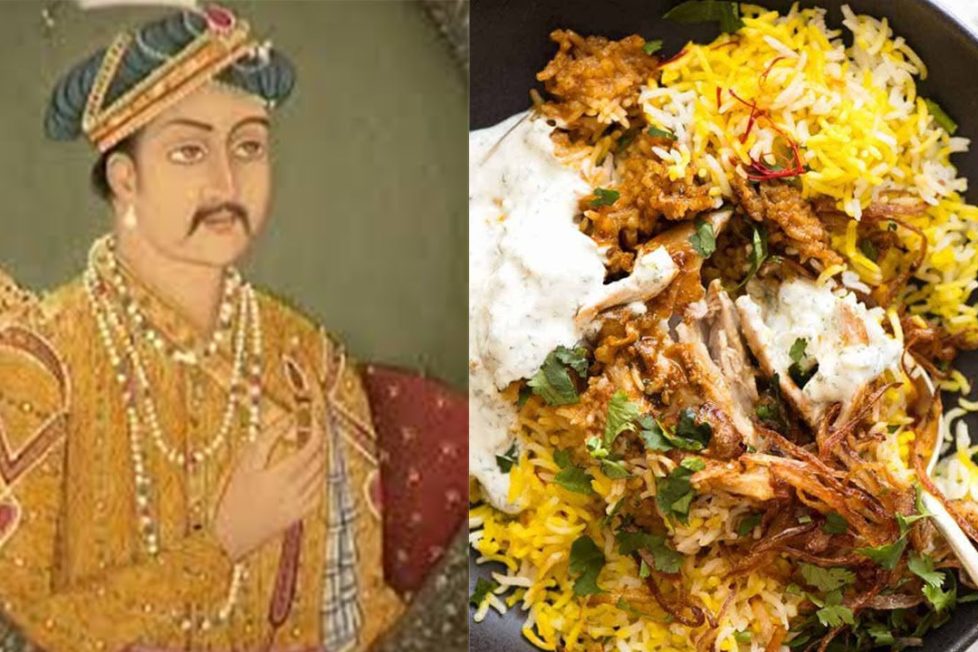

Biryani is not a Mughal dish. Its earlier name was “Hindavi Laziz” =”Indian delicacy”. Hindavi Laziz was not a word used by Hindus. Hindus called it मांसौदन. Muslim ancestors and Mughals called it Hindavi Laziz. Which is their straight admission that Biryani has Indian origins.
The word Biryani is NOT Arabic, Persian, Turkic. It originally comes from Sanskrit word borrowed by Persian. Early Biryani with meat, rice & spices was known as मांसोदन in Ancient India. Biryani is made from rice and spices. In those days, Rice DID NOT EVEN GROW in the original Mughal homeland. Infact, the first Mughal emperor Babur DOES NOT EVEN MENTION mention rice when he was in Central Asia. He mentions other crops and cereals but rice is completely ABSENT.
The Persian word ‘Biryani’ is comes from Persian ‘Birinj’ for rice. Now, this word is NOT FOUND in Old Persian. It suddenly occurs in Middle Persian. According to Mayrhofer’s “Etymological Dictionary Of Old Indo Aryan”, the word Birinj comes from Sanskrit word vrīhí (व्रीहि).
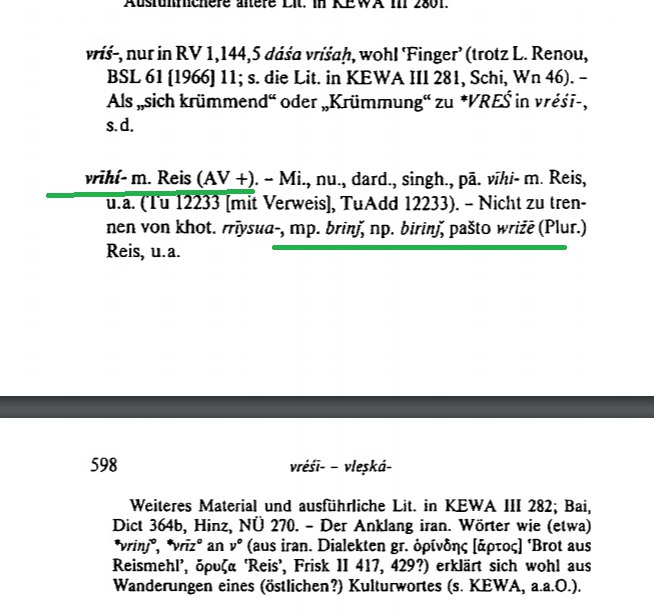
Biryani is basically a dish made with rice, meat and spices. Such a dish known as मांसौदन is mentioned even in vedic literature. It is mentioned in Śatapathabrāhmaṇa (11. 5. 7. 5 & 14. 9. 4.17) Pāṇini in his Aṣṭādhyāyī also mentions it at 4. 4.67 ( correcting मांसौदन)
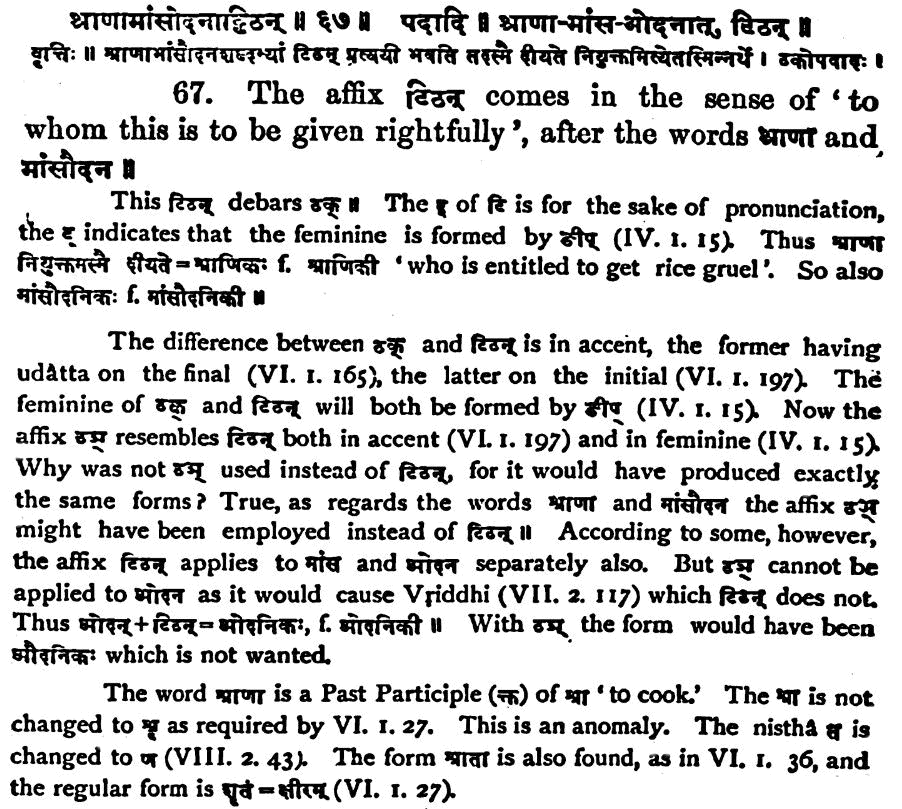
An ancient Indian book on food known as Pākadarpaṇa (पाकदर्पण) is attributed to king Nala. According to Mahabharata, Nala was a great cook and he was gifted this ability by none other than Yama. According to ancient Indian lore, Nala was a cook in the kitchen of king Rituparna. Pākadarpaṇa was composed by King Nala according to the book itself and Indian tradition. It describes preparation of मांसौदन which is an early form of Biryani. First, the author describes preparation of boiled rice. He then adds meat, spices and even flowers for decoration.

The author then describes the preparation of मांसौदन which is an early form of Biryani. The author describes the process of rinsing, soaking rice and then draining rice.He then describes cutting meat to the size of rice. Ghee and coconut milk was also added along with Ketaki.
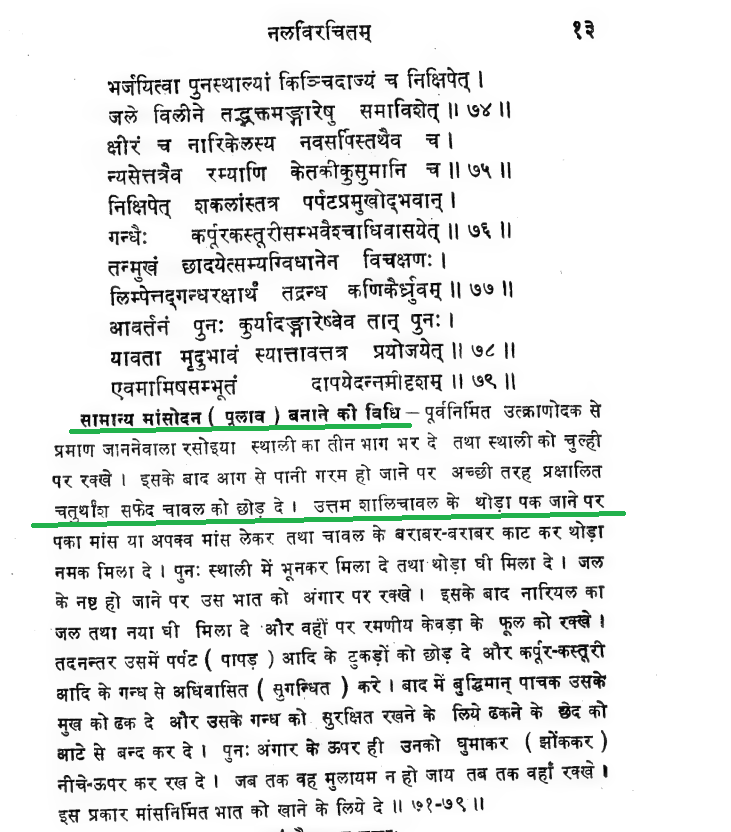
For the sake of fragrance, Kasturi and Karpura (musk and camphor) was also added. Then the vessel was closed with upper lid, kept on fire and mixed well until it becomes soft. Then, मांसौदन was served for eating.
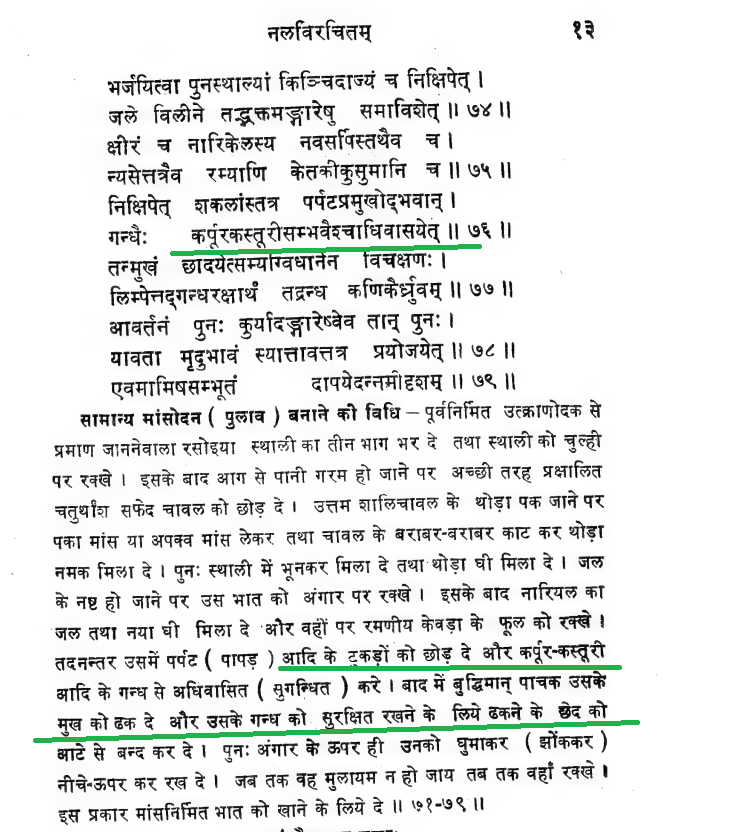
This marination technique is literally what is followed in the preparation of Dum Biryani. How exactly have Mughals brought anything? The author furthers adds that the ideal मांसौदन (early form of Biryani) has to be रुचिकरं (tasty), वृष्यं (stimulating) पथ्यं (wholesome) & light.
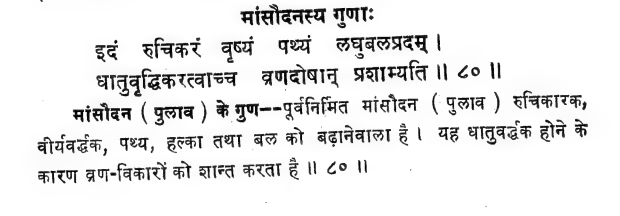
Further, Pakadarpana describes preparation of मांसौदन using the meat of quail bird. It uses spices, meat, ghee, aromatic substances and marination technique.It also recommends layering/topping.
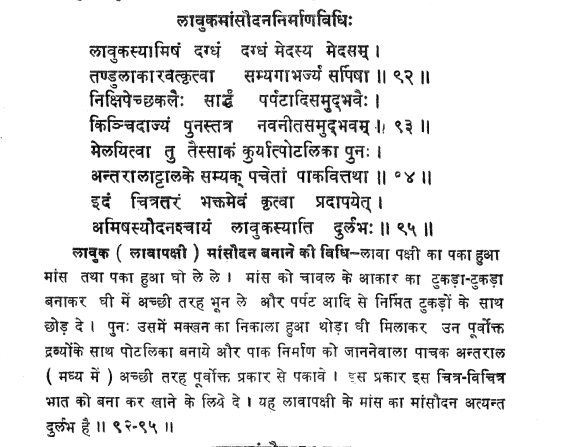
Pakadarpana describes the preparation of कुक्कुट मांसौदन (an early form of chicken Biryani). Using Chicken meat, salt & spices, he chops meat to the size and cooks it with Ghee. He soaks it & adds Asafoetida. He closes upper lid, keeps on fire &mixes well until it becomes soft.
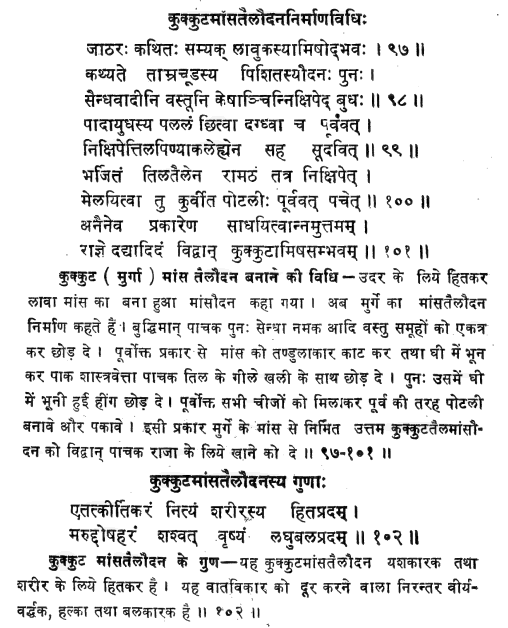
Further Pakadarpana recommends adding “Masala powder” which should be made of six materials(षट्-चूर्ण) and he also recommends Kevada petals for fragrance (instead of Gulabi rose petals). He recommends “kheema like” cutting of meat. He recommends enclosing the dish using आटा.
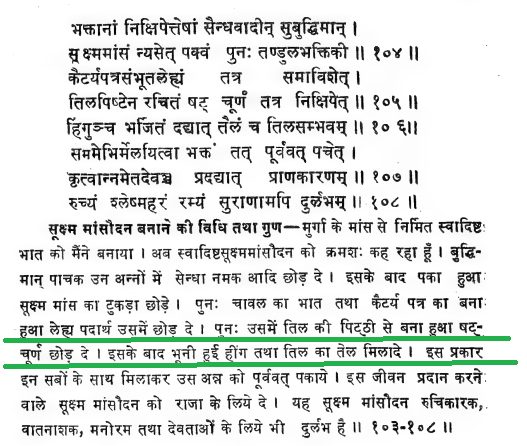
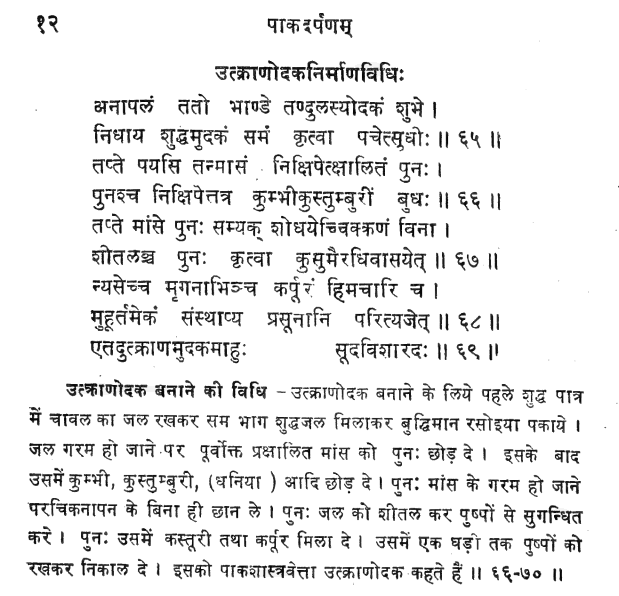
DISCLAIMER: The author is solely responsible for the views expressed in this article. The author carries the responsibility for citing and/or licensing of images utilized within the text.
